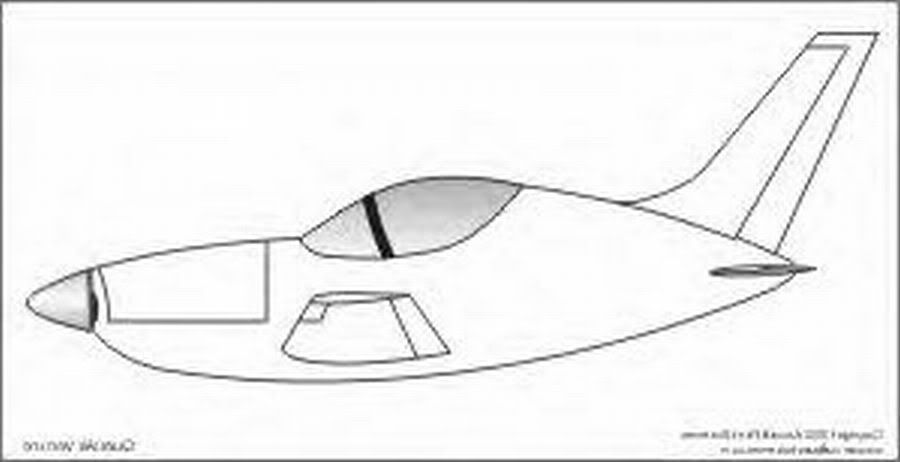One fallacy with using a wing airfloil section (NACA series) as a pattern for a boattail is that these are shaped to generate lift, not as a shape for the shortest teardrop that has attached flow. For my boatttail I used the tailcone of a Questair Venture as a starting shape and reduced the bottom angle as much as I thought I could get away with without it dragging on a steep approach angled driveway. The Venture is a 350mph kitplane nicknamed "The Flying Egg" for its short fuselage. It keeps attached flow at 350mph, so it would have no problem doing so at 80mph.
Most aircraft tailcones are longer than they need to be strictly for the purposes of attached flow, since aircraft designers have other considerations such as yaw stability (weathervaning) and providing a long enough lever arm for the rudder and elevators to work against. The Venture has a huge rudder for its size to compensate for its short tailcone, but its designers must have figured the increase in drag from the larger tail is more than compensated by the reduced skin friction from the shorter tailcone. And they must have figured correctly since the Venture is one of the fastest kitplanes out there and is often seen racing at Reno.

